The Bighorn Medicine Wheel embodies a rich tapestry of Native American heritage, where ancient belief systems intersect with the vast expanse of the sky and earth. Positioned at the high elevation of the Bighorn Mountains, the wheel’s structure—a central cairn linked by radiating spokes to an outer rim—serves as a sacred symbol in Native American cosmology. The site not only offered a place for ritual and social gatherings for various tribes but also stands as a testament to their intricate knowledge of the environment, used for celestial observations and marking the change of seasons.
Ancient Civilizations
All Ancient Civilizations, Cultures and People
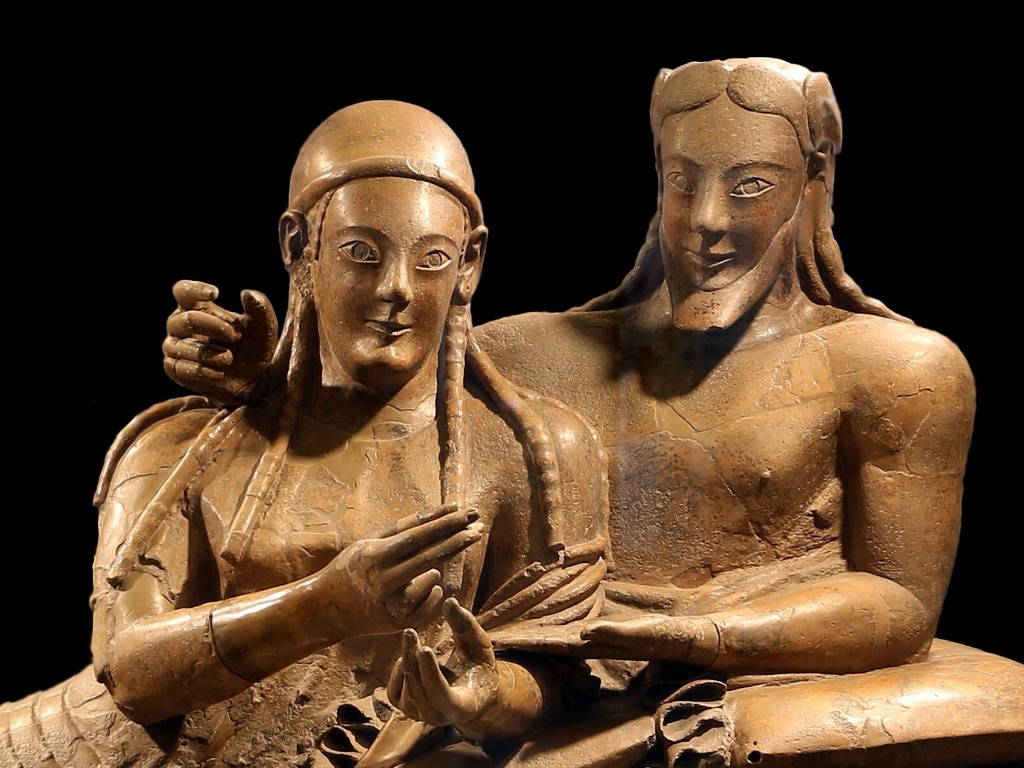
The Etruscan Sarcophagus of the Spouses
The Sarcophagus of the Spouses stands as a stunning relic from ancient Etruria, presenting a rich window into the past. It dates back to the 6th century BC and was discovered in Cerveteri, a UNESCO World Heritage site. This masterpiece is famed for its depiction of a reclining man and woman. The couple’s affectionate pose reflects societal views on life after death. The intricate details showcase the Etruscan craftsmanship. The sarcophagus is made from terracotta, commonly used by the Etruscans. Its preservation has been a triumph, offering insights into funerary practices and art.
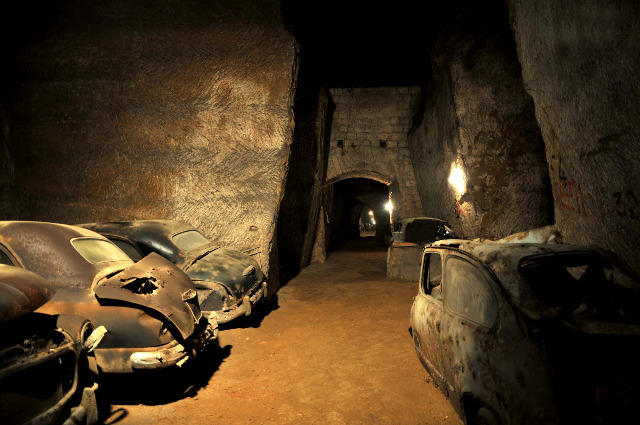
Naples Underground City (Napoli Sotterranea)
Naples Underground City invites visitors to take a rare glimpse into the layers of history buried beneath the bustling streets of Naples. This historic site, known locally as Napoli Sotterranea, spans a fascinating subterranean network of tunnels and chambers. The underground city, carved from the soft tuff stone, dates back to over 2400 years. It served various purposes throughout the ages. From Greek aqueducts and Roman theaters to World War II bomb shelters, each corner tells a unique story. Guests can explore this labyrinthine world and marvel at the remnants of civilization. They will learn how these ancient passageways have been integral to Naples’ defense and evolution.
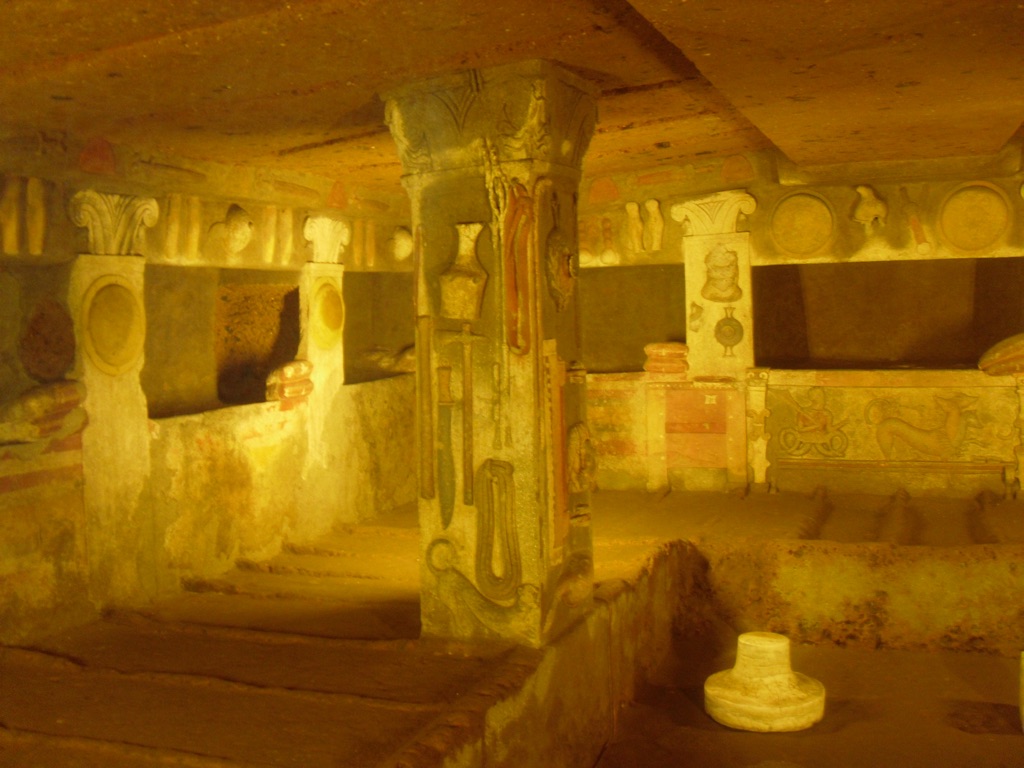
The Etruscan Tomb of the Reliefs
Embark on a journey back to ancient times with the Tomb of the Reliefs. This Etruscan wonder lies in the Banditaccia necropolis, near Cerveteri, Italy. It stands out with its detailed stucco reliefs. They vividly depict tools, weapons, and household items. The tomb, carved in the 4th century BC, gives us a peek into Etruscan daily life and afterlife beliefs. Scholars and tourists alike marvel at its remarkable preservation. On its walls, we can see depictions of a vibrant ancient society. It is a witness to the richness of Etruscan culture.
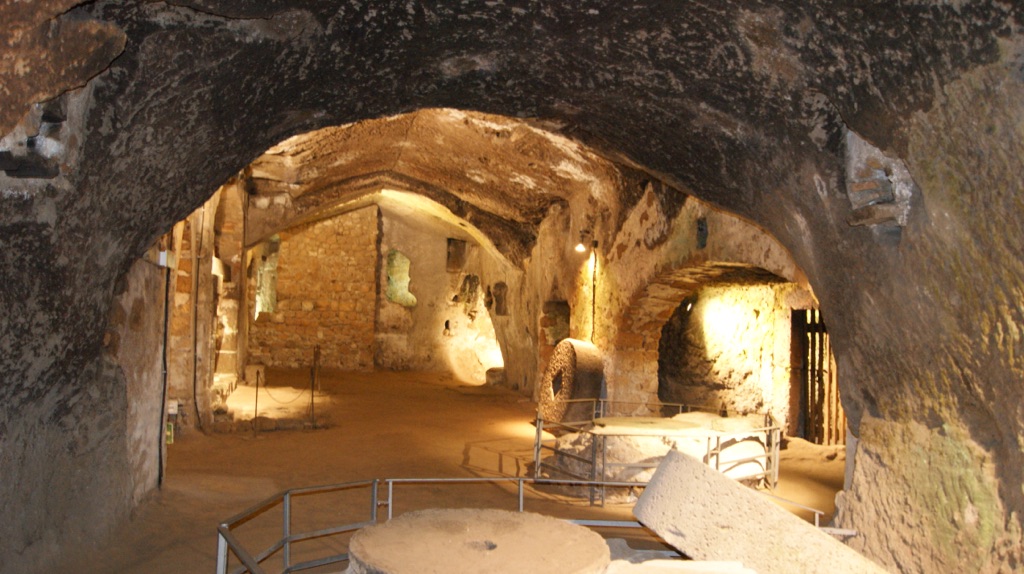
Orvieto Underground City
Orvieto Underground City is a fascinating historical site, captivating visitors with its intricate network of tunnels and caves. This subterranean wonder dates back over 2,500 years, reflecting the various phases of Orvieto’s history. Explorers can witness Etruscan, medieval, and Renaissance periods etched into the walls. The underground city was skillfully carved from tufa rock, expanding across 1200 passages. Its history is rich with stories of refuge, storage, and mystical rituals, offering a glimpse into past lifestyles. Today, guided tours reveal the city’s incredible engineering and the ancient residents’ adaptability.
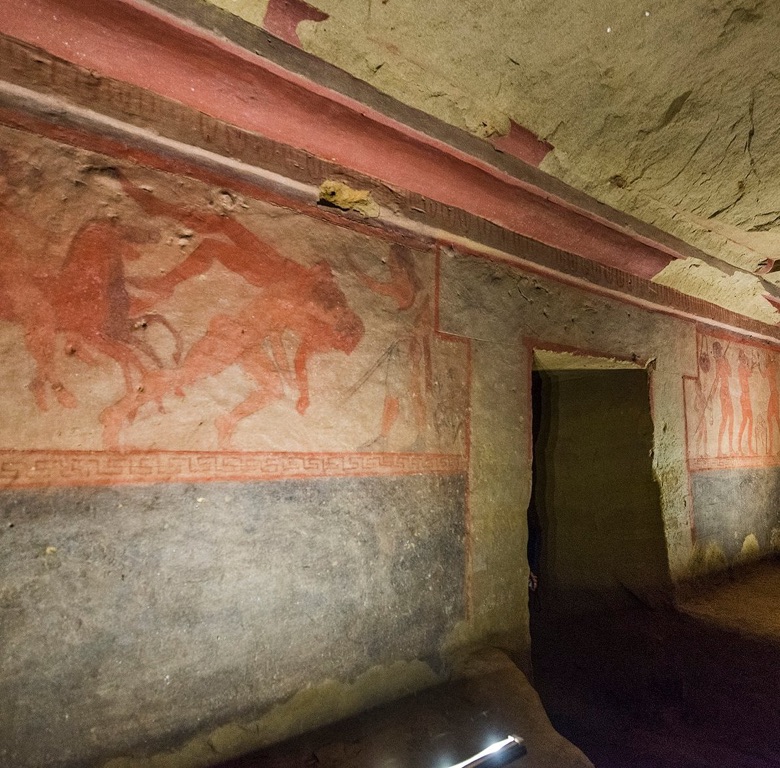
Tomba della Scimmia
The Tomba della Scimmia, or Tomb of the Monkey, holds a significant place in Etruscan history. Found in Chiusi, Italy, this ancient burial site captures attention with its intricate wall paintings and historical richness. The tomb is named after a fresco depicting a monkey, which is unique among Etruscan art. Visitors immerse themselves in a mysterious past where the Etruscans practiced elaborate burial rituals. Though these customs are long gone, they continue to fascinate historians and tourists alike.

